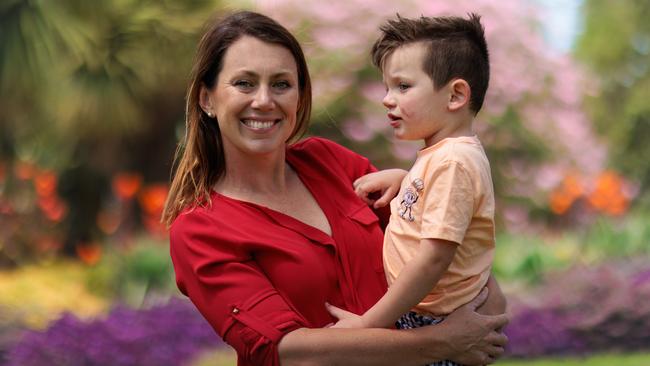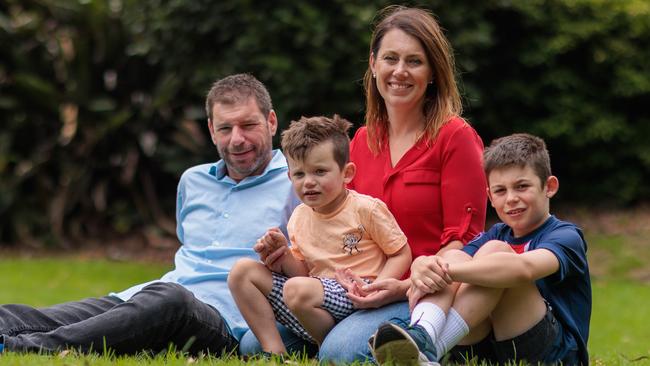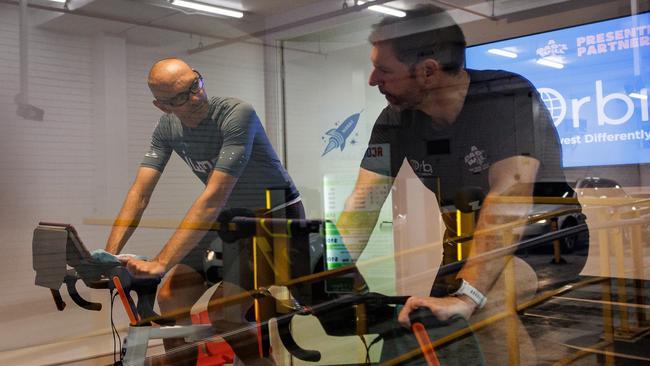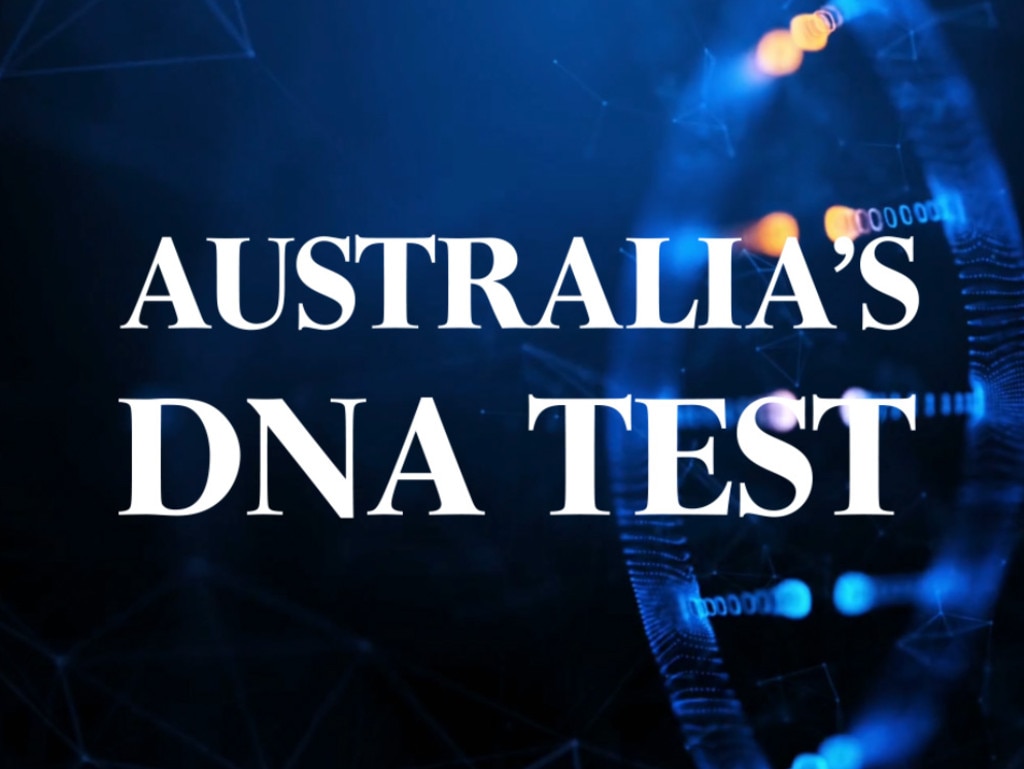His son has an epilepsy so rare it has no name and no treatment. Stuart Place hopes to change that
Will has one of the rarest forms of childhood epilepsy, caught with a mixture of luck and ‘parental instinct’. It will take a trip to the Moon and Back to help him.

How far would you travel for love? When people say they would go to the moon and back, they are usually being flippant. Not Stuart and Vicki Place.
Having witnessed youngest son Will endure as many as 150 seizures a day, the couple are desperate to improve their son’s quality of life. Lacking a medical degree, however, they have had to fall back on love.
When Mr Place talks about his youngest son, he describes a sensory-seeking four-year-old with an enduring joy of music. But Will has been rendered non-verbal by a strain of epilepsy so rare that it has no official name, and is tagged simply as SLC6A1.

“It’s a monster of a disease,” said Mr Place of his son’s condition and his earliest seizures. “He would just drop to the floor and that would keep happening every 10 minutes.”
After Will failed to hit some developmental milestones, genetic testing found that he was one of only 13 patients nationally with this very rare form of epilepsy.
While Will’s seizures are frightening to witness, so few known cases means that treatment options are scant. “SLC6A1 is characterised by frequent and very difficult to control seizures, and there isn’t really an accepted therapy,” said Florey project manager Dr Brett Bennetts
One possibility is personalised genetic treatments, which are being researched by The Florey Institute in Melbourne. Treatments, which are still years away, would involve targeting affected genes so that they can dissuade the body from entering a seizure.
“Our idea is to come up with a particular therapy for SLC6A1 that can be used to reverse the symptoms of the disease,” said Dr Bennetts. “I don’t think we’re looking for a cure here … we’re just looking to make the quality of life better for the patients and for their families, and we have a real shot of doing that in the next couple of years with this approach.”

To help that happen, Will’s father came up with a novel solution. He would travel to the moon and back for his son, cycling on a stationary bike 15,451km – equal to the trek between Melbourne, Victoria to the town of Moon, Oklahoma and then Back, Texas.
Since December 1, he has raised almost $300,000 from his family home, cycling around nine hours daily for 50 days. The money he’s raising will be used for a clinical trial at the Florey Institute.
As he cycles away, he has one clear objective: to provide his son Will with a better future: “We want to try and get him healthy, that’s the key. Healthy and independent.”
And Ms Place is in for the long haul.
“What parent wouldn’t go to the moon and back for their kids?” she said.
“ We’ve got to fight for Will, because no one else will. With it being a rare disease it’s almost like they’re too rare to care for, so we want to push, we want better for Will.”
Donation’s for the Florey are directed through https://givestar.io/gs/a-dads-will-to-the-moon-and-back




